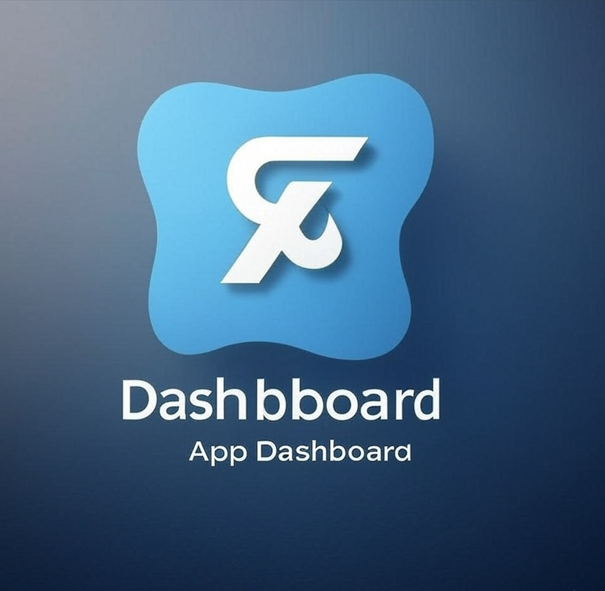8/11/2024
Choosing a SaaS solution to build a Core App Dashboard quickly involves several critical steps to ensure you select the best tool for your needs and make the most of its features. This guide will help you navigate the process, focusing on essential considerations and best practices.
Step 1: Define Your Objectives and Requirements The first step in building a Core App Dashboard is thorough planning and requirements gathering. This involves understanding what your users need and how the dashboard will meet those needs.
Identify Objectives: Define the primary goals of the dashboard. What key metrics and data points need to be tracked? What actions should users be able to perform? Identify Key Metrics: Determine which key performance indicators (KPIs) and metrics are crucial for your application. Stakeholder Input: Engage with stakeholders, including end-users, to gather their input and ensure the dashboard will meet their needs. What information do they need to access, and how will they use the dashboard? Functional Requirements: List the functionalities you need, such as data visualization, real-time updates, user management, and integration with other tools. Step 2: Choosing the Right Tools and Technologies Evaluate different SaaS solutions based on your defined objectives and requirements.
Feature Set: Compare the features of various SaaS tools like ILLA Cloud, Plasmic, Kohezion, Tableau, Power BI, and Chartio. Ensure the solution supports the functionalities you need. Ease of Use: Consider the learning curve and usability. Choose a tool that your team can easily adopt and use effectively. Customization: Check if the tool allows customization to tailor the dashboard to your specific needs. Integration Capabilities: Ensure the solution can integrate with your existing data sources and other tools you use. Step 3: Designing the User Interface The user interface (UI) is the most visible part of your dashboard, so it needs to be intuitive and visually appealing.
Wireframes and Mockups: Create wireframes and mockups to plan the layout and design. Tools like Sketch, Figma, or Adobe XD can be helpful. User Experience (UX): Focus on creating a seamless user experience. Ensure the design is intuitive, with clear navigation and easy access to key information. Responsive Design: Make sure the dashboard is responsive and works well on various devices, including mobile phones. Step 4: Integrate Data Sources A Core App Dashboard is only as good as the data it displays. Ensure seamless integration of various data sources for real-time and accurate data visualization.
APIs: Use APIs to connect to external data sources. Ensure the APIs are secure and reliable. Data Aggregation: Aggregate data from different sources into a centralized database. This may involve data transformation and cleaning to ensure consistency and accuracy. ETL Processes: Implement Extract, Transform, Load (ETL) processes to automate data extraction, transformation, and loading into your database. Step 5: Implement Automation Workflows Automation can enhance the efficiency and accuracy of your dashboard.
Automated Data Updates: Schedule regular data updates to ensure the dashboard always displays the latest information. Alerting System: Set up automated alerts to notify users of critical events or changes in key metrics. Step 6: Conduct Testing and Gather Feedback Thorough testing and user feedback are essential to ensure the dashboard functions correctly and meets user needs.
Unit Testing: Test individual components to ensure they work as expected. Integration Testing: Test the interaction between different components and data sources. User Acceptance Testing (UAT): Conduct UAT with a group of end-users to identify any issues and gather feedback. Step 7: Deploy and Maintain the Dashboard Once testing is complete, deploy the dashboard to a production environment. Regular maintenance is crucial to ensure its continued performance and relevance.
Deployment: Use continuous integration/continuous deployment (CI/CD) pipelines to automate the deployment process. Monitoring: Implement monitoring tools to track the dashboard’s performance and detect any issues. Regular Updates: Keep the dashboard up-to-date with the latest features and security patches. Collect and analyze user feedback to make necessary improvements.
